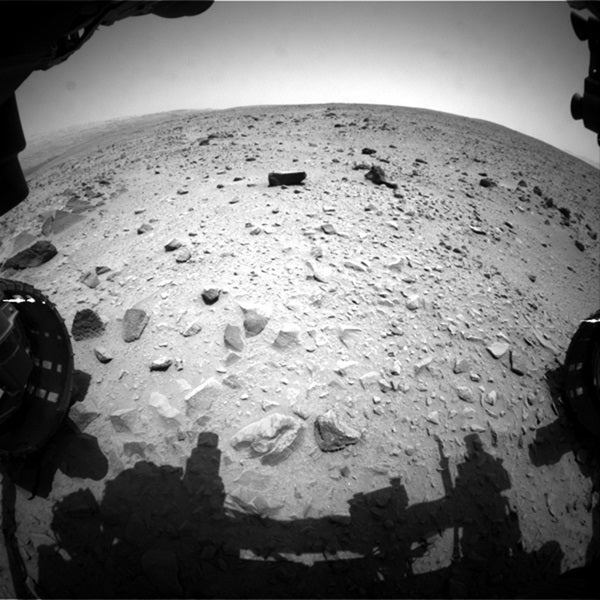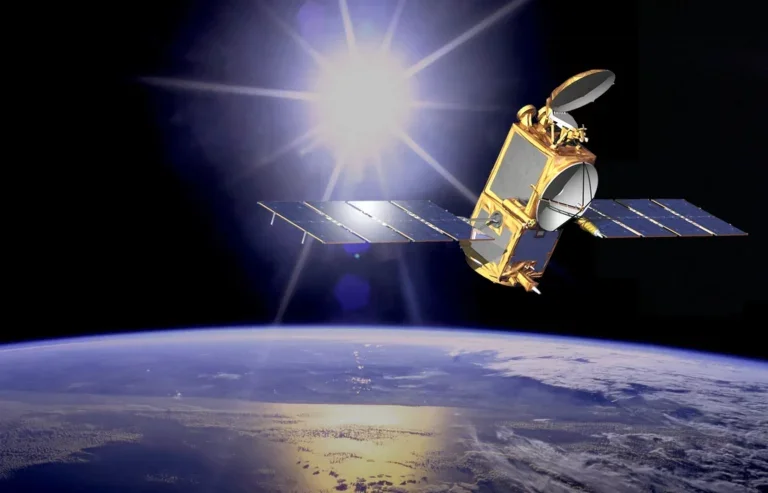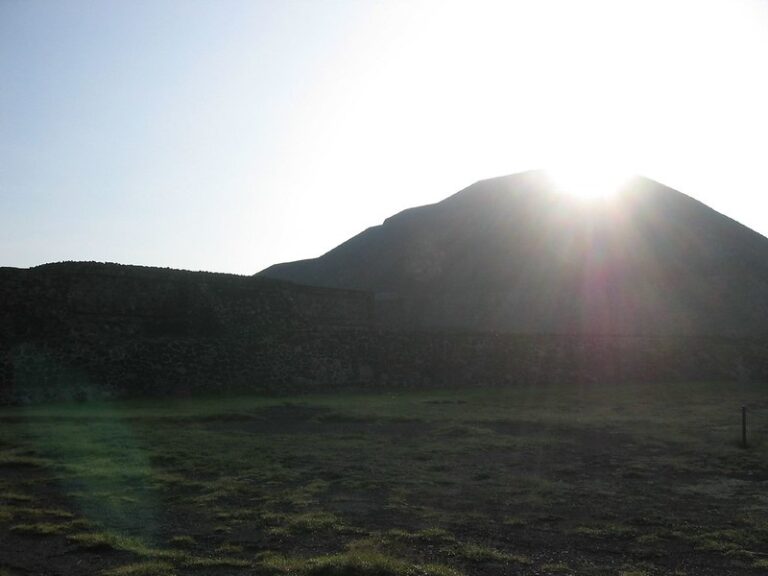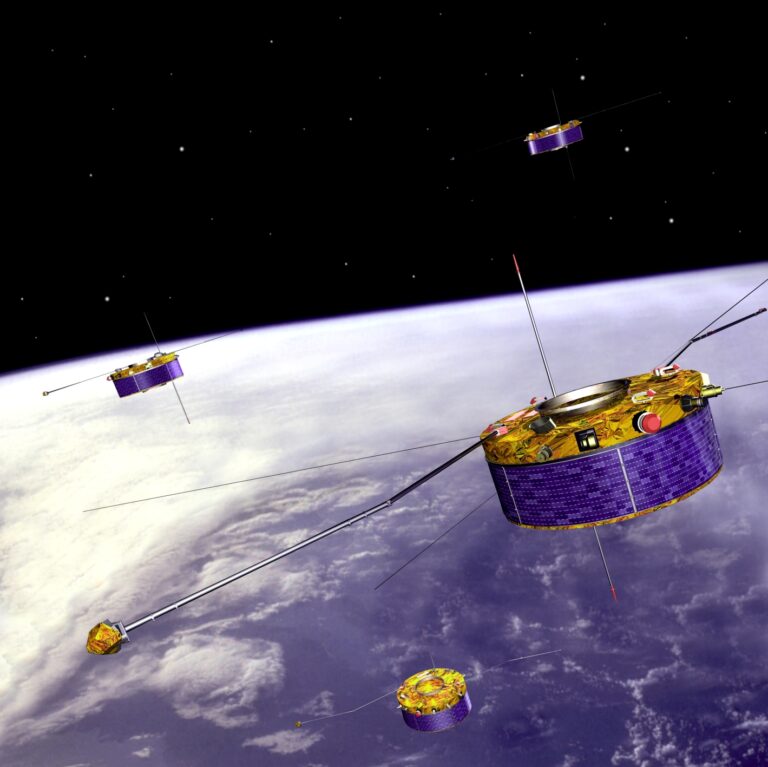The drive covered about 125 feet (38 meters) and brought the mission’s odometry to about 3,376 feet (1.029 kilometers). The drive was completed in the early afternoon of the rover’s 335th martian day, or sol, of work on Mars (July 17). It continued progress in a multi-month trek begun this month toward a mountain destination.
“When I saw that the drive had gone well and passed the kilometer mark, I was really pleased and proud,” said rover driver Frank Hartman of NASA’s Jet Propulsion Laboratory in Pasadena, California. “Hopefully, this is just the first of many kilometers to come.”
Yesterday was halfway through the mission’s prime mission of one martian year. Two weeks ago, Curiosity finished investigating science targets in the Glenelg area, about 500 yards (0.5km) east of where the 1-ton rover landed August 5, 2012, PDT. The mission’s next major destination is at the lower layers of Mount Sharp, 5 miles (8km) southwest of Glenelg.
Mount Sharp, in the middle of Gale Crater, exposes many layers where scientists anticipate finding evidence about how the ancient martian environment changed and evolved. At targets in the Glenelg area, the rover already accomplished the mission’s main science objective by finding evidence for an ancient wet environment that had conditions favorable for microbial life.










